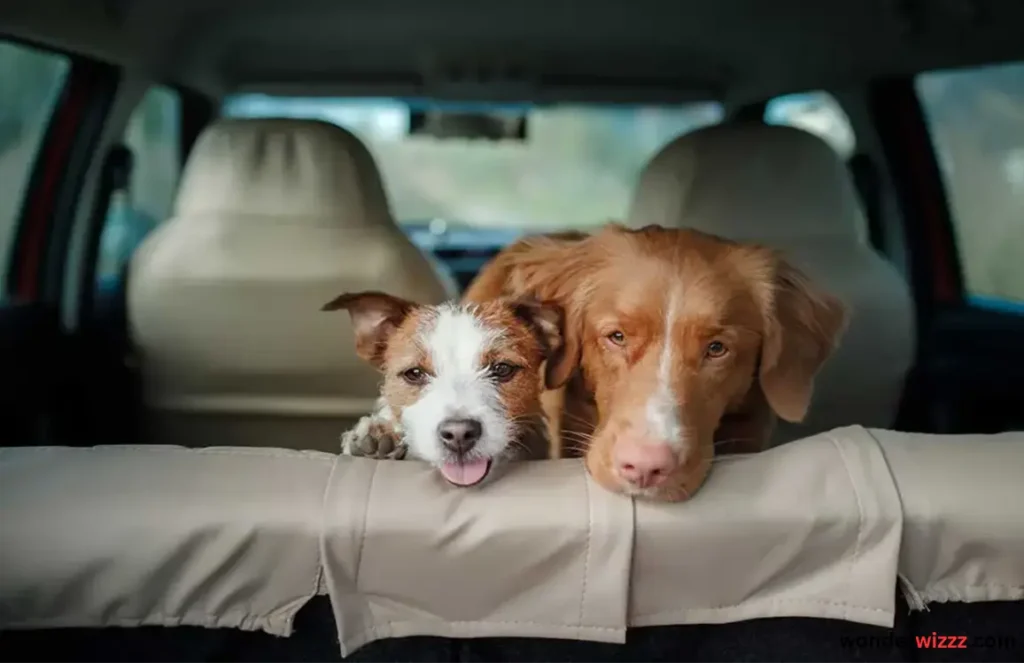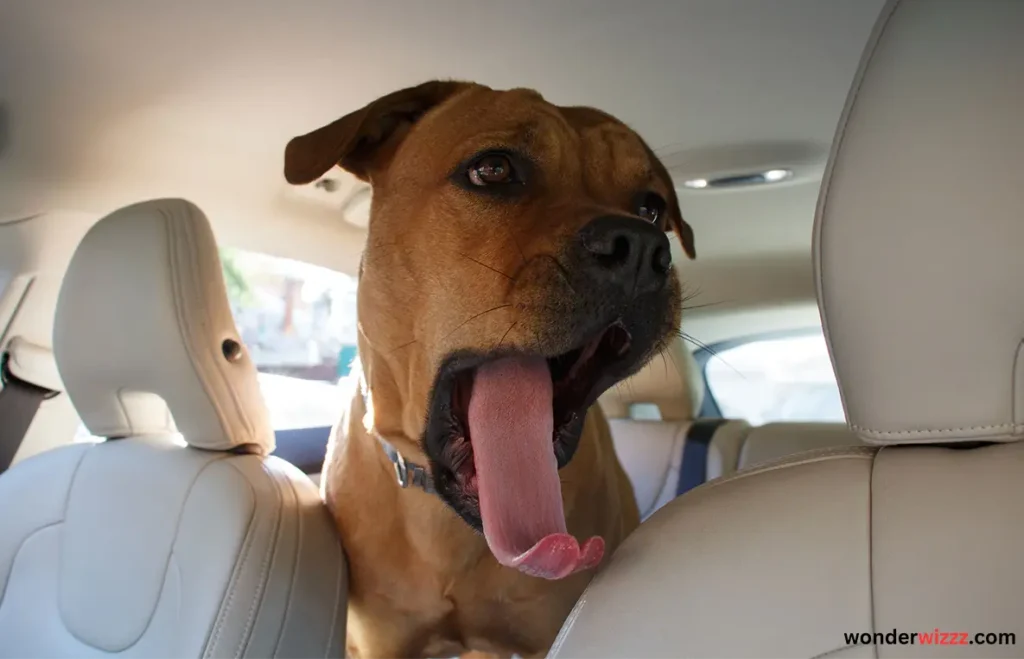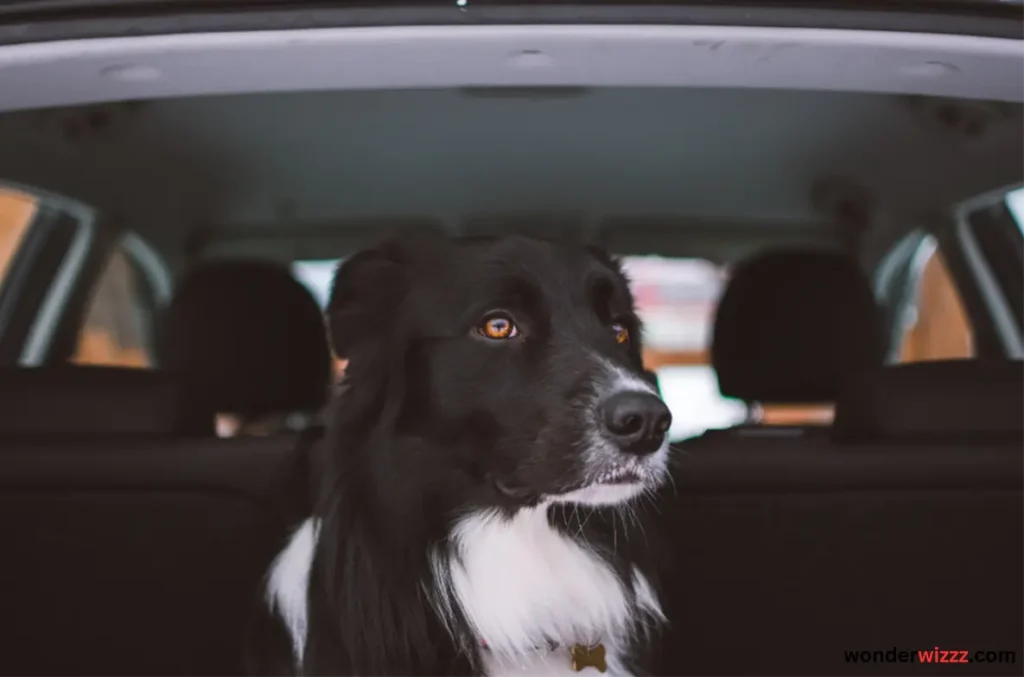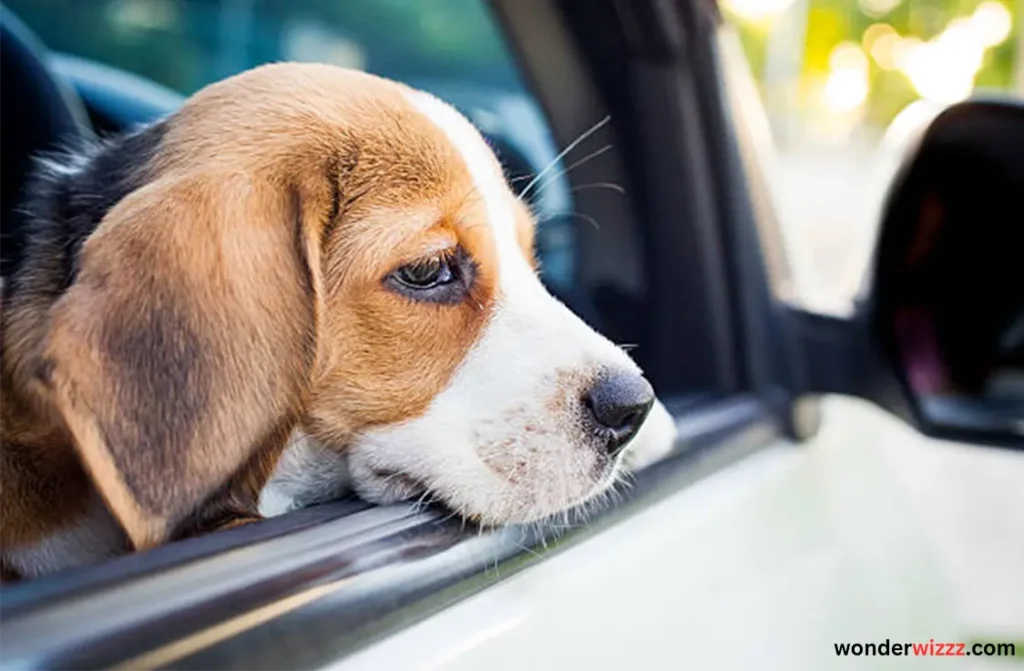How do you keep pets calm during travel?

Introduction
A. Hook: The joys of traveling with pets
Taking trips with pets can bring plenty of joy! Whether it’s a road trip or flying to a new place, having your furry friend along can make the journey more exciting.
B. Importance of keeping pets calm during travel
It’s super important to make sure your pet stays calm during travel. Imagine being in a strange place with lots of noise and movement – it can be scary for pets! Keeping them calm helps them feel safe and happy.
C. Overview of the article’s structure
In this article, we’ll explore different ways to keep your pet calm while traveling. We’ll cover tips for road trips and flying, as well as how to prepare your pet beforehand. So let’s dive in and learn how to make traveling with your furry friend a breeze!

Understanding Pet Anxiety
A. Definition of pet anxiety
Pet anxiety is when our furry friends feel scared or nervous about something. Just like humans, pets can get anxious too, especially when they’re in new or unfamiliar situations like traveling.
B. Common triggers for pet anxiety during travel
There are a few things that can make pets feel anxious during travel. Loud noises like honking cars or the roar of an airplane engine can be scary. Also, being in a moving vehicle or being in a carrier can make them feel uneasy.
C. Signs of pet anxiety to look out for
Pets can’t talk like us, so they show their anxiety in different ways. Some signs to look out for are shaking, panting heavily, trying to hide, or even acting out of character. If you notice these signs, it’s important to help your pet feel more comfortable.

Preparation Before Travel
A. Veterinary check-ups and vaccinations
Before traveling, it’s essential to take your pet to the vet for a check-up. The vet will make sure your pet is healthy and up-to-date on all their vaccinations to keep them safe during the journey.
B. Acclimating pets to carriers or crates
Getting your pet used to their carrier or crate before the trip is a great idea. You can start by leaving it open in your home and putting their favorite toys or treats inside. This helps them see it as a safe and cozy space.
C. Familiarizing pets with the travel environment
If possible, let your pet explore the travel environment beforehand. For example, if you’re driving, take them for short rides in the car. If you’re flying, let them sniff around their travel carrier at home. This helps them feel more comfortable when it’s time to travel.
D. Packing essentials for pets (food, water, toys, etc.)
Don’t forget to pack everything your pet needs for the journey! This includes their favorite food, plenty of water, toys to keep them occupied, and any medications they may need. Having familiar items with them can help reduce stress during travel.

Techniques for Calming Pets During Travel
A. Calming aids such as pheromone sprays or diffusers
Some special sprays or diffusers release calming scents, like pheromones, which can help relax your pet during travel. These scents can make them feel like they’re in a safe and familiar environment.
B. Playing soothing music or using noise-canceling headphones
Just like music can calm us down, it can also help calm our pets. Playing soft and soothing music during travel can help drown out loud noises and create a peaceful atmosphere for your furry friend.
C. Creating a comfortable travel environment
Making sure your pet is comfortable during travel is super important. You can do this by providing soft bedding in their carrier or crate, ensuring proper ventilation, and keeping the temperature comfortable.
D. Providing familiar scents and objects from home
Bringing along familiar scents, like a blanket or toy from home, can help your pet feel more secure during travel. These familiar smells can provide comfort and reassurance, making the journey less stressful for them.

Behavioral Training for Travel
A. Desensitization training for pets
Desensitization training helps pets get used to things that might scare them during travel. For example, if your pet is scared of their carrier, you can slowly introduce it to them over time, making it less scary.
B. Gradual exposure to travel-related stimuli
Gradual exposure means slowly introducing your pet to things they might encounter during travel. This could be getting them used to the sound of a car engine or the sensation of being in a moving vehicle. By taking it slow, you can help reduce their anxiety.
C. Reward-based training for calm behavior
Reward-based training is when you give your pet treats or praise when they behave calmly during travel. This helps them associate traveling with positive experiences and encourages them to stay calm in the future.
D. Seeking professional assistance if needed
If your pet is anxious about traveling, don’t hesitate to seek help from a professional trainer or veterinarian. They can provide guidance and support to help your pet overcome their fears and travel more comfortably.
Safety Measures During Travel
A. Securing pets properly in vehicles
When traveling by car, it’s important to secure your pet safely. This could mean using a seatbelt harness or a pet carrier secured in the back seat. This keeps them from getting hurt if there’s a sudden stop or accident.
B. Monitoring pets’ well-being throughout the journey
Keep an eye on your pet during the journey to make sure they’re doing okay. Watch for signs of discomfort or anxiety, and be ready to comfort them if needed. It’s important to keep them safe and comfortable throughout the trip.
C. Taking regular breaks for pets to stretch and relieve themselves
Just like humans, pets need breaks during long journeys. Stop every few hours to let them stretch their legs, have a drink of water, and go to the bathroom. This helps them stay comfortable and reduces stress.
D. Ensuring pets have proper identification and documentation
Make sure your pet has proper identification, like a collar with tags or a microchip. This helps in case they get lost during travel. Also, carry any necessary documentation, like health certificates or vaccination records, especially if you’re traveling across borders.
Handling Emergencies
A. Knowing how to recognize signs of distress in pets
It’s important to know when your pet is in trouble. Signs like excessive panting, vomiting, or shaking could mean they’re distressed and need help.
B. Having a plan in place for emergencies during travel
Be prepared for the unexpected. Have a plan for what to do if your pet gets sick or injured while traveling, including knowing where the nearest veterinary clinic is located.
C. Carrying a pet first aid kit
Having a first aid kit specifically for your pet can be a lifesaver. It should include essentials like bandages, antiseptic wipes, and tweezers for removing ticks or splinters.
D. Knowing when to seek veterinary care while on the road
If your pet’s condition is serious or you’re unsure what to do, don’t hesitate to seek help from a veterinarian. It’s better to be safe than sorry when it comes to your pet’s health and well-being, even if it means making an unplanned stop.
Conclusion
A. Recap of key points for keeping pets calm during travel
Remember to prepare your pet before travel by visiting the vet, acclimating them to carriers, and packing essentials. During travel, use calming techniques like music and pheromone sprays, and ensure their safety by securing them in vehicles and monitoring their well-being.
B. Encouragement for pet owners to prioritize their pets’ well-being during travel
Your pet’s comfort and safety should always be a top priority during travel. By taking the necessary steps to keep them calm and happy, you’re ensuring they have a positive experience and can enjoy the journey as much as you do.
C. Closing thoughts on the joys of traveling with calm and happy pets
Traveling with a calm and happy pet can make the experience even more enjoyable. When your furry friend feels safe and relaxed, you can focus on making memories together and exploring new places. So, here’s to many more adventures with your beloved pet by your side!
People also ask
How to keep a dog calm when traveling?
Introduce them to travel gradually and use calming aids like pheromone sprays or soothing music.
How do you manage pets when traveling?
Plan, pack essentials, keep them secure, monitor their well-being, and provide comfort.
How should you restrain your pet when traveling?
Use a pet carrier, seatbelt harness, or travel crate to keep them safe in vehicles.
What is the best sedative for dogs when traveling?
Consult a veterinarian for the safest sedative option tailored to your dog’s needs.
Is travel stressful for dogs?
Yes, it can be, but with proper preparation and calming techniques, it can be minimized.
What can I give my dog to calm him down while traveling over the counter?
Some options include calming treats, herbal supplements, or anxiety vests, but consult a vet first.



